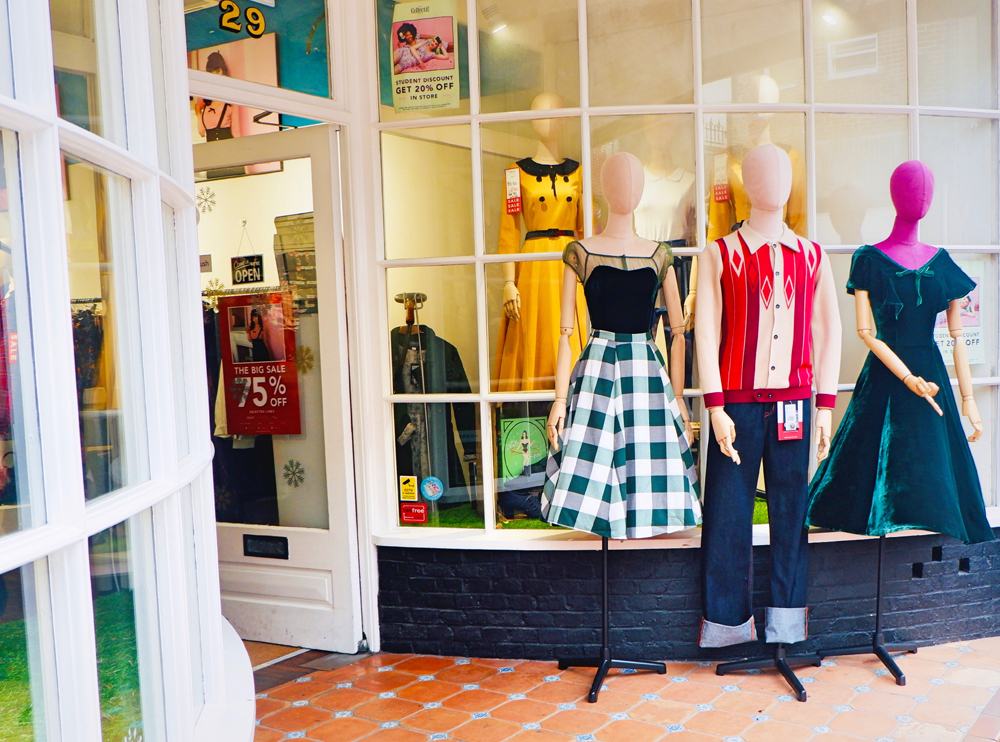
How to Spot Valuable Items at Car Boot Sales and Charity Shops
Your Guide to Turning Hidden Treasures into eBay Profits
At The Kent Flipper, one of our favourite parts of the reselling business is the hunt: digging through tables at car boot sales or scanning the shelves of charity shops in search of items others have overlooked. But spotting true value in a sea of second hand clutter takes practice, instinct, and a bit of know-how.
If you’re new to reselling—or even just curious—this guide will walk you through how we identify valuable items at car boot sales and charity shops, so you can turn hidden gems into real profit on eBay.
1. Know What to Look For (and What to Ignore)
The first step to finding value is knowing what categories are consistently profitable. While trends change, some evergreen winners include:
- Vintage electronics (Walkmans, Polaroid cameras, cassette decks)
- Retro toys and games (LEGO, board games with all pieces, 90s action figures)
- Branded clothing (Nike, Adidas, North Face, Barbour, Levi’s, etc.)
- Rare or out-of-print media (vinyl records, VHS tapes, certain books)
- Collectibles (vintage kitchenware, enamel signs, old tins, badges)
- Designer accessories (bags, sunglasses, belts—authenticity is key)
- Unusual tools or gadgets (especially discontinued or niche-use items)
Avoid items with low resale value or high competition unless they’re nearly new or part of a valuable bundle. Things like mass-market DVDs, common clothes brands (like George or Primark), or broken toys usually aren’t worth your time—unless they’re part of a bulk deal.
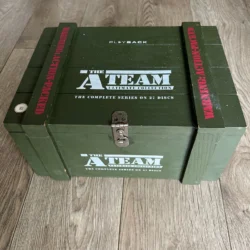
2. Use Your Phone—It’s Your Best Tool
Never assume an item has value just because it “looks old” or interesting. The eBay app is your best friend while sourcing.
Here’s how we use it in the field:
- Search for the item by name or description.
- Filter by Sold Listings to see what people actually paid.
- Compare the condition of sold items with the one in front of you.
- Look at how quickly similar items sold—fast movers are gold.
This real-time research lets you make quick, confident decisions.
3. Inspect Condition Carefully
Condition is everything when reselling. Before buying, ask:
- Is it clean, intact, and working?
- Are there chips, stains, missing parts, or heavy wear?
- If it’s clothing: any damage, fading, or shrinking?
- Can you fix, clean, or test it easily?
Sometimes a little TLC can turn an item from “unsellable” to a £50 listing—but know your limits. If something needs specialist repair or parts, it might not be worth the hassle unless the profit margin is huge.
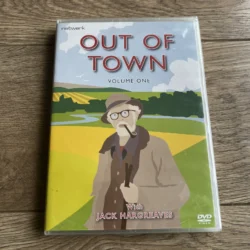
4. Check for Brand Names, Labels & Marks
This is where experience pays off—but it’s also something you can quickly learn. Train your eye to spot value indicators like:
- Labels on clothing – Look for heritage or high-end brands.
- Maker’s marks on ceramics/glass – Like Denby, Wedgwood, Royal Doulton, or Murano.
- Serial/model numbers on electronics or tools – These can be searched on eBay or Google.
- Dates on packaging or manuals – Especially helpful for vintage items.
If it has a brand name, search it. If it doesn’t, look for craftsmanship or uniqueness.
5. Bundle When You Can
Sometimes, individual items might not be worth much—but as a bundle, they become valuable. Think:
- Job lots of toys (e.g. 20 Hot Wheels cars)
- Multiple paperback books from a popular series
- Sewing patterns or craft supplies in bulk
- Mixed electronics cables or chargers
We often ask sellers for a deal on bulk buys—especially near the end of a car boot sale. Don’t be afraid to negotiate.
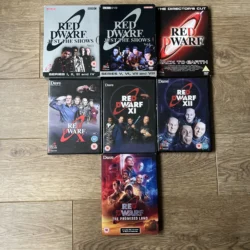
6. Arrive Early, But Also Stay Late
At car boot sales, the early bird catches the worm—especially if you’re after the rarest stuff. However, don’t underestimate late-day bargains. Many sellers don’t want to take items home and will give steep discounts near closing time.
Charity shops are a little different. Ask staff when they restock or rotate shelves. Visiting mid-morning on a Tuesday or Wednesday often catches fresh stock without the weekend rush.
7. Train Your Eye for Vintage and Niche
The more you do this, the better you’ll get at spotting the unusual. Here are a few items we’ve had surprising success with:
- Vintage travel alarm clocks – Especially working ones from the 60s–80s.
- Old calculators (Casio, HP) – Especially scientific or graphing models.
- Retro mugs and cups – Certain 70s and 80s patterns sell well.
- Obscure board games – Even better if still sealed or complete.
- Hard-to-find tech accessories – Like vintage PC cables, mouse mats, etc.
Follow reselling forums, Instagram accounts, or subreddits like r/Flipping to learn what others are finding.
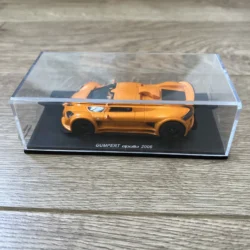
8. Ask Questions—and Build Relationships
Don’t be afraid to ask sellers about items:
- “Is this working?”
- “Do you have the manual/charger?”
- “Would you take £X for it?”
Also, build relationships with charity shop staff and boot sale regulars. Once they know what you’re after, they may offer you first dibs on new stock or give you a better deal.
We’ve had staff in Kent call us when something vintage came in—and that kind of insider advantage is worth its weight in gold.
9. Set a Budget and Know Your Limits
It’s easy to get carried away, especially when everything’s cheap. But remember: you’re not just buying—it has to be worth listing, storing, packing, and shipping.
Have a budget for the day. If you’re not sure about an item, walk away—or set yourself a maximum offer based on expected profit.
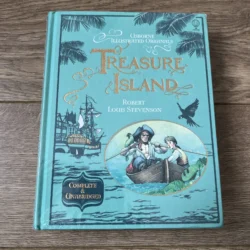
10. Keep Learning and Stay Curious
Every week, we find something we’ve never seen before. The more curious you are, the more you’ll learn. Keep a mental (or written) list of brands, categories, and price ranges that do well. Study your eBay sales and see what’s moving.
Reselling isn’t just about what you find—it’s about what you learn along the way. And the more knowledge you carry with you, the more successful your sourcing trips will become.
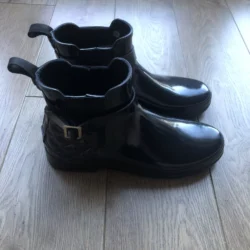
Final Thoughts
Car boot sales and charity shops aren’t just places full of second hand stuff—they’re full of potential. The key to turning that potential into profit lies in how well you know what to look for, how quickly you can research, and how confidently you can make buying decisions.
At The Kent Flipper, we’ve made a business out of spotting value where others don’t. Whether it’s a £2 item that sells for £40, or a bundle of broken toys that turns into a tidy job lot, the thrill of the find never gets old.
So next time you’re out hunting, take your phone, your instinct, and these tips—and let the flipping begin.
Love what you’re reading?
Check out our latest finds in the shop! Gems, quirky treasures & everyday bargains — all just a click away.
Recent Blogs

Beginner’s Guide to eBay: Buying and Selling Tips
Whether you’re exploring online marketplaces for the first time or looking to polish your strategy.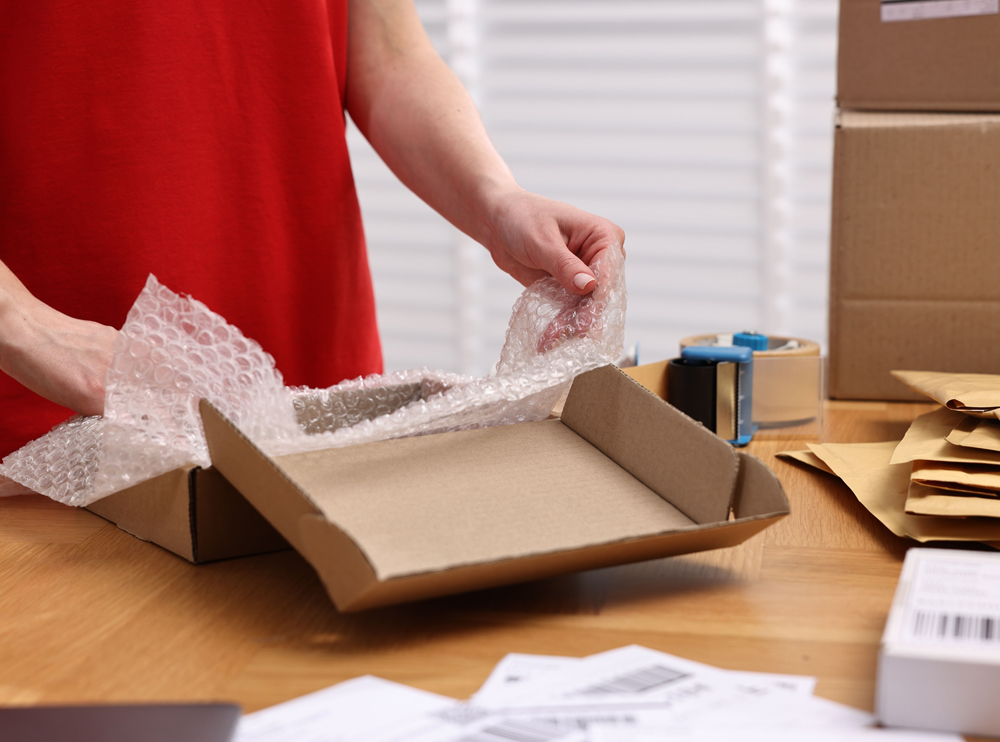
How to Package Items Like a Pro
Packaging isn’t just a functional necessity, it’s an art. Whether you’re running a cracking small business, a thriving Etsy store or selling on eBay, how you package your items can make a world of difference.